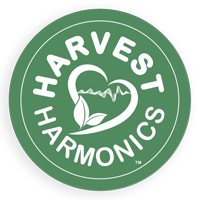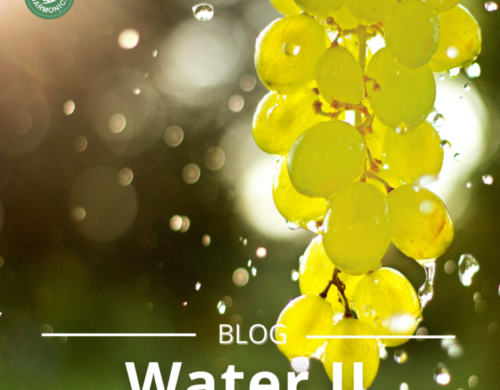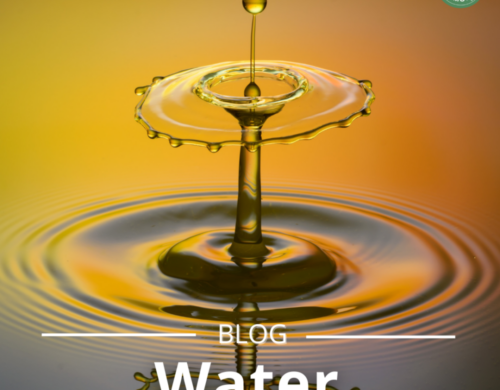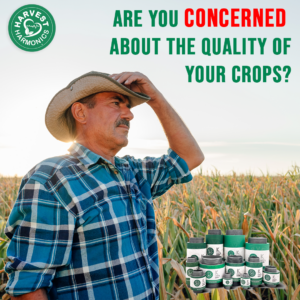Effects of frequencies on plants
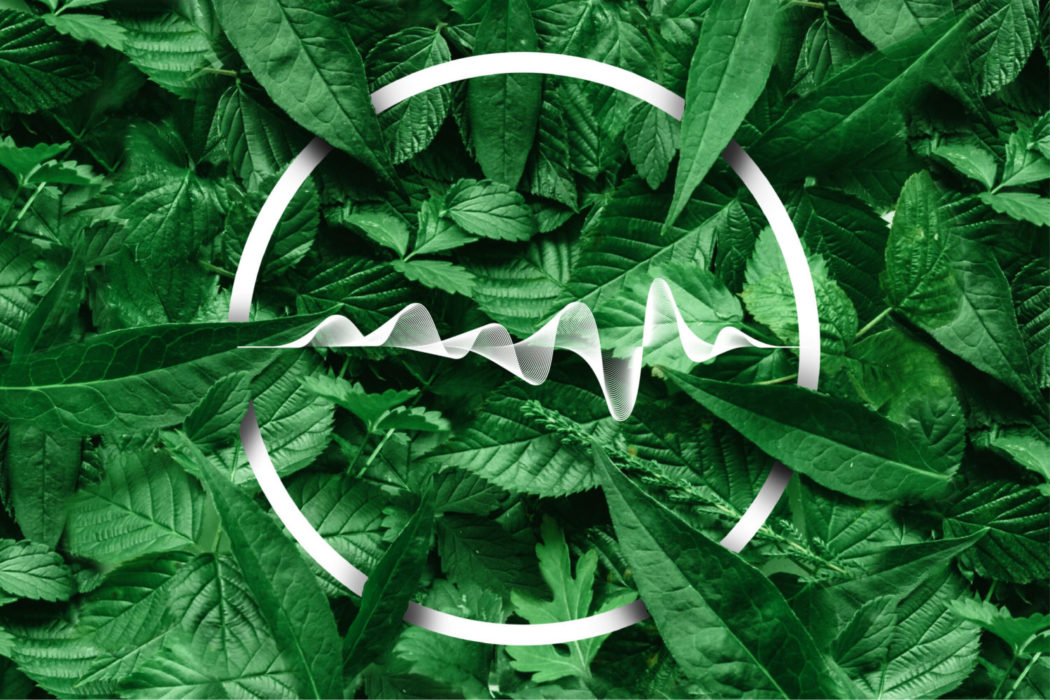
Plants respond to sounds of different frequencies
Sound is acoustic energy in an oscillatory pressure wave transmitted through gases, liquids, and solids. Like other physical environmental factors such as moisture, light, wind, and temperature, it can have a physiological effect on plant growth and other metabolic processes, or at a molecular level-triggered within a plant cell upon stimulation by sound vibrations. The evidence emerging from biological studies on plants’ response to sound waves indicates that plants are susceptible organisms that generate and react to sound signals from their environment (Mishra et al.,2016). We now believe that plants can indeed benefit from sound through their mechanosensory machinery. Many studies have already demonstrated sound-induced phenotypic changes and possible sound signaling pathways in model and crop plants (Jung et al., 2018).
Recent studies show that sound wave technology has recently been applied to plants at various physiological growth stages, e.g., seed germination, callus growth, endogenous hormones, photosynthesis mechanism, and transcription of specific genes. The sound stimulation could enhance disease resistance and decrease chemical fertilizers and biocides (Zhang 2012).
With more frequency, scientific publications show experiments developed by exposing different species of plants to different frequencies, which have generated responses in observable changes in structure, growth, and production, some of these studies we have compiled in Table 1.
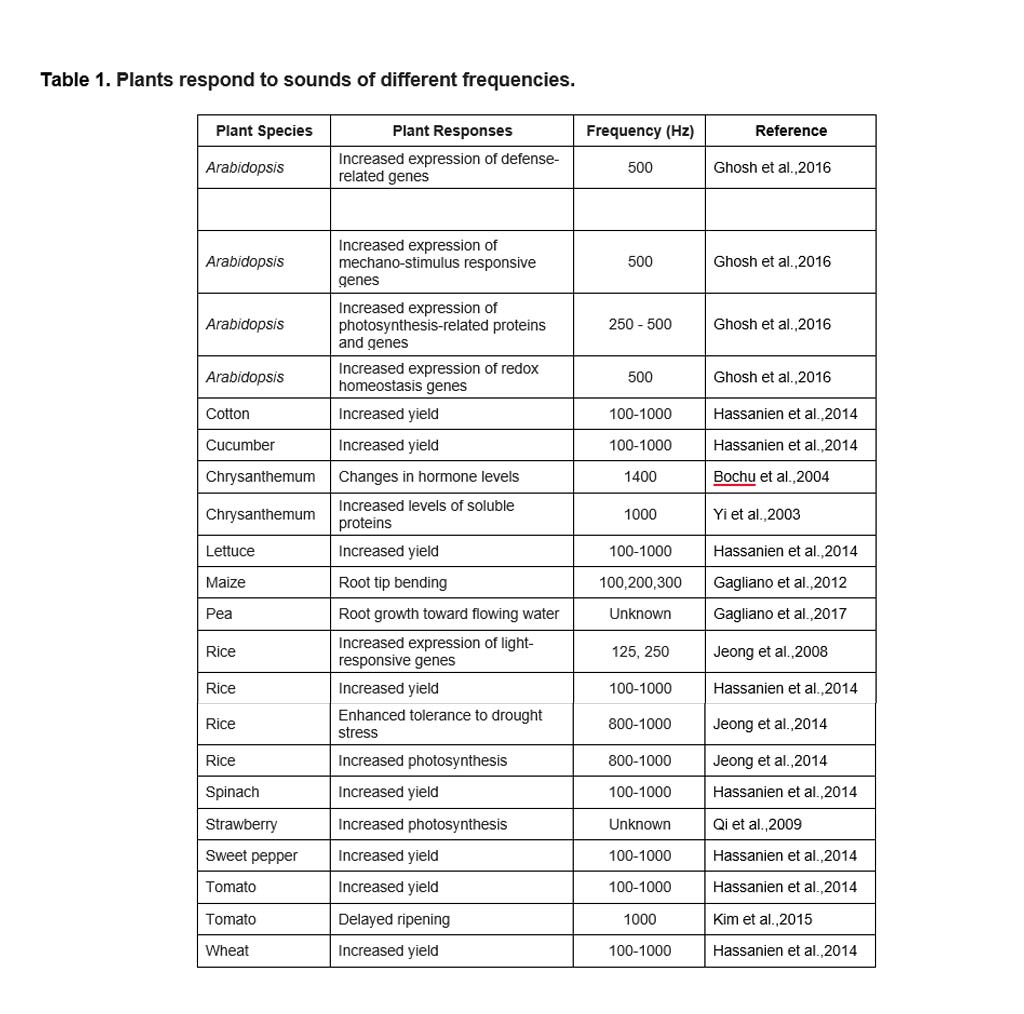
Kimynasi plant booster device was programmed with a wide range of specific frequencies with scientific probed effects on plant growth, and provide physical stimuli to enhance the plant metabolism. Our system is programmed with over 3000 frequencies ranging from 10Hz to 150kHz, including many of those used in the referenced studies above. It generates the necessary support to guarantee the Kyminasi Plant Booster’s effectiveness in any crop. Recent studies have also shown that the land previously treated with Kyminasi Plant Booster technology generates nutrient absorption more efficiently for the plants.
By Leonardo Martinez, Harvest Harmonics Field Researcher South America.
LinkedIn: Leonardo Martinez Luque
Twitter: @leonemil
References
Bochu, W., Jiping, S., Biao, L., Jie, L., and Chuanren, D. (2004). Soundwave stimulation triggers the content change of the endogenous hormone of the Chrysanthemum mature callus. Colloids Surf. B Biointerfaces 37, 107–112. doi: 10.1016/j.colsurfb.2004.03.004 Gagliano, M., Grimonprez, M., Depczynski, M., and Renton, M. (2017). Tuned in: plant roots use sound to locate water. Oecologia 184, 151–160.doi: 10.1007/ s00442-017-3862-z Gagliano, M., Mancuso, S., and Robert, D. (2012). Towards understanding plant bioacoustics. Trends Plant Sci. 17, 323–325.doi: 10.1016/j.tplants.2012.03.002 Ghosh, R., Mishra, R. C., Choi, B., Kwon, Y. S., Bae, D. W., Park, S.-C., et al. (2016). Corrigendum: exposure to sound vibrations lead to transcriptomic, proteomic and hormonal changes in Arabidopsis. Sci. Rep. 6:37484.doi: 10.1038/srep37484 Hassanien, R. H., Hou, T. Z., Li, Y. F., and Li, B. M. (2014). Advances in effects of sound waves on plants. J. Integr. Agric. 13, 335–348.doi: 10.1016/S2095- 3119(13)60492-X Jeong, M. J., Cho, J. I., Park, S. H., Kim, K. H., Lee, S. K., Kwon, T.-R., et al. (2014). Sound frequencies induce drought tolerance in rice plant. Pak. J. Bot. 46, 2015–2020. Jeong, M. J., Shim, C. K., Lee, J. O., Kwon, H. B., Kim, Y. H., Lee, S. K., et al. (2008). Plant gene responses to frequency-specific sound signals. Mol. Breed. 21, 217–226.doi: 10.1007/s11032-007-9122-x Jung, J., Kim, S.K., Kim, J.Y., Jeong, M.J., and Ryu C.M. (2018). Beyond Chemical Triggers: Evidence for Sound-Evoked Physiological Reactions in Plants. Frontiers in Plant Science. 9, (25) 1-7 Kim, J.-Y., Lee, J.-S., Kwon, T.-R., Lee, S.-I., Kim, J.-A., Lee, G.-M., et al. (2015). Sound waves delay tomato fruit ripening by negatively regulating ethylene biosynthesis and signaling genes. Postharvest Biol. Technol. 110, 43–50. doi: 10.1016/j.postharvbio.2015.07.015 Mishra, R. C., Ghosh, R., and Bae, H. (2016). Plant acoustics: in the search of a sound mechanism for sound signaling in plants. J. Exp. Bot. 67, 4483–4494. doi: 10.1093/jxb/erw235 Qi, L., Teng, G., Hou, T., Zhu, B., and Liu, X. (2009). “Influence of sound wave stimulation on the growth of strawberry in sunlight greenhouse,” in Computer and Computing Technologies in Agriculture, Vol. 317, eds D. L. Li and C. J. Zhao (Stone Harbor, NJ: Springer), 449–454. Yi, J., Bochu, W., Xiujuan, W., Daohong, W., Chuanren, D., Toyama, Y., et al. (2003). Effect of sound wave on the metabolism of Chrysanthemum roots. Colloids Surf. B Biointerfaces 29, 115–118.doi: 10.1016/S0927-7765(02)00155-8 Zhang J. 2012. Application progress of plant audio control technology in modern agriculture. Ningxia Journal of Agriculture and Forestry Science and Technology, 53, 80-81.
Press Distribution
Contact Info:
Name: Jim Kurtz
Email: Send Email
Organization: Harvest Harmonics
Address: 611 Druid Rd Suite 201, Clearwater, Florida 33756, United States.
Phone: +1 (844) 476 – 7873
Website: www.harvestharmonics.com
